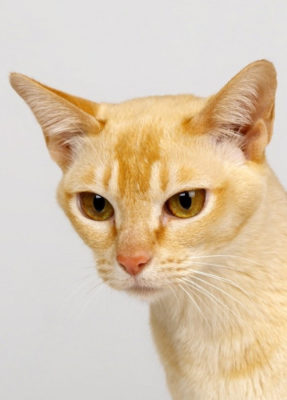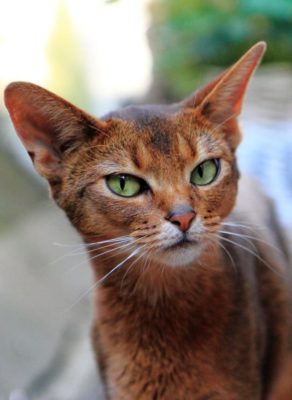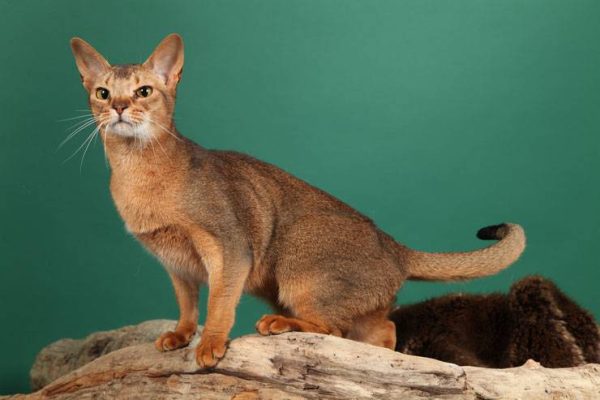Ceylon
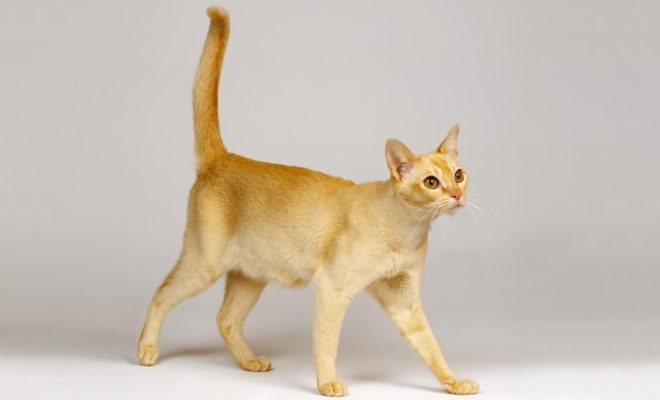
The Ceylon cat is known for its timidity, but that does not stop it from being agile. Cats of this breed are very quiet; they meow very little and cannot be heard when they walk around the house. They are very social and adapt well to other cats and dogs in the house. They are also very trusting of their owners.
Table of Contents
Breed Information
| Origin | Sri Lanka |
| Size | Up to 28 cm |
| Weight | Males 3-5 kg Females 2.5-4 kg |
| Fur Type | Short-haired |
| Color | Sandy to golden with a black pattern and distinct markings on the head |
| Lifestyle | Indoors |
| Lifespan | 13-18 years |
| FIFe Classification | – |
| WCF Classification | Group 3: “Short-haired” Breed designation – CEY |
| TICA Classification | – |
| Group | Rare cats, short-haired cats, cats for children |
| Price | Do not have enough data to set an average price |
Breed Photos
Origin History
The Ceylon cat comes from Sri Lanka. The name “Ceylon” is the old name of an island located in the Indian Ocean. The breed was first discovered in 1984 by an Italian named Dr. Paolo Pellegatta. He liked the local wild cats so much that some of them were brought to Italy with the head of the Colombo Zoo head.
He and other breeders began a breeding program to define the new breed, remove undesirable traits and set a standard. Ceylon soon became a huge success for the Italians.
But the second hypothesis, based on deeper research, led them to the idea that the Ceylon cat came from Ancient Egypt. Thus, today’s Ceylon is a mixture of cats from Sri Lanka and cats from Egypt.
In 1988, the Ceylon Club was established, and that same year Dr. Pellegatta brought six generations of the breed to the International Cat Federation show with papers, hoping that the breed would be recognized. But he had to wait until 1993 before it finally happened.
Today, the Ceylon cat is still considered a rare breed and is not recognized outside of Europe, although it is very common in Sri Lanka.
Appearance
The Ceylon cat has a semi-circular body type of medium size. She has a rather slender and powerful body. Its legs are also of medium size, thin, ending in rounded paws. Their hind paws are taller than their front paws.
The head is medium-sized, triangular. They have well-defined cheekbones and a slightly rounded skull. The Ceylon cat has large eyes, which should be either yellow or green.
The ears of this breed of cat are larger, fairly close together at the crown, with a rounded tip. The tail is rather short, larger at the base, and tapered to the tip. The coat of Ceylon is known for its softness and silkiness. The coat is thin, with no undercoat.
Character
The Ceylon cat is known for its timidity, but that does not stop it from being agile. Cats of this breed are very quiet; they meow very little and cannot be heard when they walk around the house.
They are very social and adapt well to other cats and dogs in the house. They are also very trusting of their owners. Ceylons like to be the heart of the family, and it is not in their nature to go far from home.
That said, the Ceylon cat loves to hunt, so they must have games or a cat tree so they can let off steam.
Care
Ceylon cats are incredibly easy to care for, as they do not need regular brushing or washing. Their fur has self-cleaning properties and always looks clean and neat. Therefore, all they need is a cozy and warm personal space.
Education
The Ceylon cat also needs human attention and will be extremely happy with children’s company, games, and all kinds of entertainment. Its instincts and brain need constant stimulation; therefore, it is better to get another breed if you can not provide such conditions. You should also take care of space for games because these cats are very fond of arranging various activities.
Common Diseases
Ceylons are hardy cats, and this breed does not have any diseases. However, they can develop the common diseases that domestic cats do. It is recommended that they be vaccinated against infectious diseases such as leukemia, rabies (in countries where rabies is present), and typhoid. They may also be susceptible to periodontal disease (gingivitis and tartar), so dental care and treatment are highly recommended.
Nutrition
Ceylon cats are omnivores, but their coats need quality food and vitamins.
Very often, pet owners feed their pets premium dry food and natural food. It includes meat, vegetables, cereals, dairy products.
As for meat, lamb is ideal for the Ceylon cat. It is the best analog of fatty pork. Chicken or beef will not be as tasty food for the cat. It is important to feed the cat by-products. Hearts will be the healthiest food for them.
Ceylon cats can be offered raw beets and carrots. The rest of the vegetables should be boiled and served in shredded form. All flours and sweets poorly digest the cat’s body. Therefore, it is better not to give such food to the cat at all.
Dry pet food will be an excellent preventative against tartar formation. Also, high-quality industrial food already contains all the vitamins and minerals your pet needs.
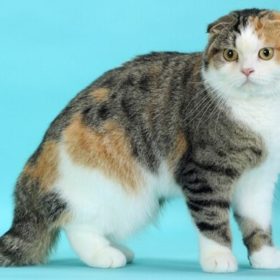 Scottish Fold
Scottish Fold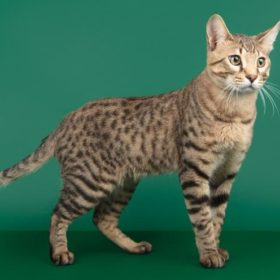 Serengeti
Serengeti Japanese Bobtail Longhair
Japanese Bobtail Longhair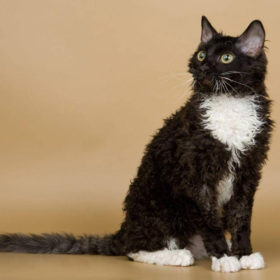 Ural Rex Longhair
Ural Rex Longhair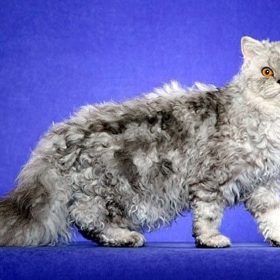 Selkirk Rex Longhair
Selkirk Rex Longhair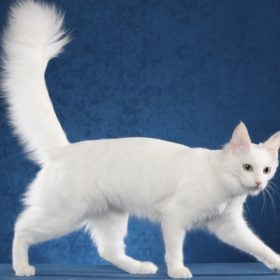 Turkish Angora
Turkish Angora